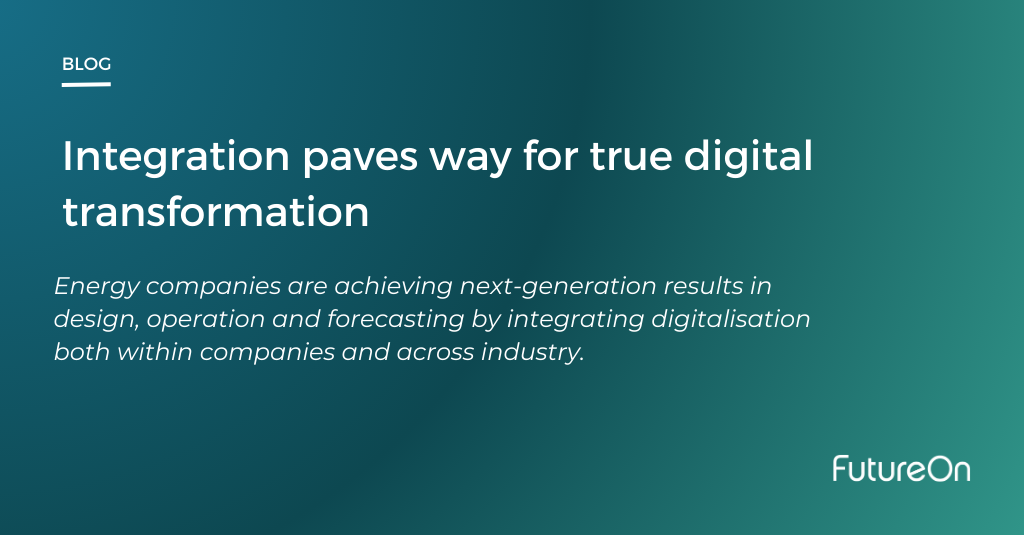Energy companies are achieving next-generation results in design, operation and forecasting by integrating digitalisation both within companies and across industry. In the first of a series of blogs discussing how industry can unlock the full potential of digital, Jostein Lien, Senior Vice President of Products at FutureOn, takes a closer look at the next generation toolbox.
True, cutting-edge digital transformation of the oil and gas industry requires widespread integration of the technology and regular, ongoing application of all that this revolutionary way of working can offer.
Leading companies are of course already embracing the advances made possible by the digital sector and the sorts of solutions provided by innovators.
The biggest and most productive impacts, however, will only come with industry-wide buy-in to next generation digitalisation: virtual replicas of field infrastructure within a data-rich matrix, offering a new way to manage complex projects and achieve lower costs of operations, increased worker productivity and reduced development spending.
Benefits can be multiplied by greater collaboration both within companies and across the industry and will apply throughout project lifecycles including conception, realisation, asset management and decommissioning.
A meaningful, sector-wide shift to all that digital offers will unlock value at every stage of development.
Big data has transformed oil and gas; thousands of readings a minute, a universe of information created every hour, often spread across multiple databases, spreadsheets and servers. The data holds lessons to be learned and applied but, because of its sheer volume and siloed storage, often escapes proper analysis and critical assessment.
Technologies including FutureOn’s FieldTwin creates visualisation based on data that is otherwise underutilised, lost and/or forgotten. The focus is on creating an information-rich geospatial 3D environment – inspred by gaming technology – that provides a real-life, immersive subsea experience in your browser.
GIS mapping data, bathymetry, topography, existing infrastructure and other physical constraints are combined with proprietary information such as resorvoir data, well data and engineering to create the visualisation of any potential project location.
Metadata can then be applied based on cross-industry standards. The result, built using FieldTwin technology, is a virtual representation of a future project that can be utilised in planning and also allows for the creation of meaningful production and operational forecasts over time.
However knowing where to start with digital twin applications, and how far to run with the technology, can be problematic. A range of approaches have been taken by some of the world’s leading oil and gas companies, often focused on small solutions which yield significant results, rather than requiring large capex expenditures.
A focused, precise digitalisation strategy based on existing work processes can transform productivity, increase risk management, fuel collaboration and streamline and optimise data management.
However it must be part of a journey, rather than just a daytrip. Extensive and consistent deployment at company and industry level – based on a streamlined user experience – is far better than random or occasional adoption, which risks a slide back into traditional, less efficient working practices.
Collaboration and transparency are key to this mission; FutureOn has to that end brought together digital leaders from across oil and gas in a sharing and learning platform – an operator forum – focused on digital use and experiences.
Productive discourse, based on the latest digital twin technology, will fuel future development.

